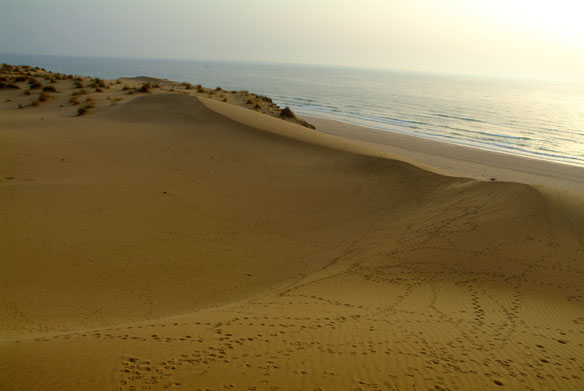Plastic Pollution
PLASTIC POLLUTION: PHOTO GALLERY FEATURED PLASTIC POLLUTION ARTICLE When The Mermaids Cry: The Great Plastic Tide By Claire Le Guern Last updated in November 2019. Introduction The world population is living, working, vacationing, increasingly conglomerating along the coasts, and standing on the front row of the greatest, most unprecedented, plastic waste tide ever faced. Washed […]
Contributors POM

-
Ireland— 2014-10
9 Houses That Prove Your Dream Home Is Also A Green Home

“Green building” is an effort to curb the environmental toll of inefficient homes, and it’s taking hold in the construction sector. Nine architects talk about their stunning projects that are not only sustainable, but beautiful too…
Bahamas Bacteria Feeding on Mineral-Rich Dust from the Saharan Desert

Bacteria living in the warm waters off the Bahama Islands may feed on the mineral-rich dust that the wind carries over from the Sahara Desert, a new study finds. Winds may blow the dust about 5,000 miles across the Sahara and the Atlantic Ocean, before it settles along the Great Bahama Bank, a raised limestone platform on the ocean floor near the islands.
Contributors for Beach of the Month

Our deepest gratitude and thanks to our talented and inspiring Beach Of The Month authors contributors.
Zandoorlog

Sand is the new gold. The worldwide excavation of sand on beaches and in rivers and oceans is signalling an ecological and human catastrophe. A worldwide sand rush is taking place. Article by Peter Dupont. Translation by Rafael Njotea.
Building a Home Using Straw Bale Construction

Solid, rugged, inexpensive, and twice as fire-proof as conventional lumber, straw bale construction is an idea who’s time has come.
Les Pilleurs De Sable Ecument Les Plages Du Globe, Le Monde

“Beaches Sand Miners Are Skiming Away The World’s Beaches”: On the Moroccan beaches near Tangier or Casablanca, the sand dunes have disappeared, only to leave behind a somber lunar landscape. The dunes haven’t been erased away by natural storms action, but by illegal beach sand mining, night after night, relentlessly hauled away by truckloads…
Taxes on natural resources reduce use of raw materials

A policy that taxes virgin natural resources (resources that are used for the first time) can be a way of conserving limited resources. This type of tax can also reduce environmental damage, by encouraging the use of less harmful materials or recycled materials that serve the same purpose. This avoids the waste and emissions associated with extraction of raw materials and with the processing of products made from the natural resources.
